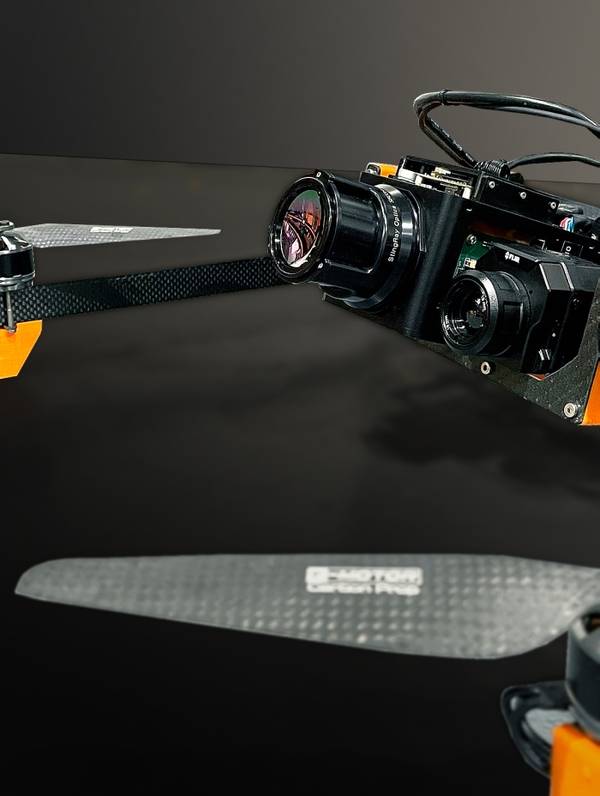
Air Control Entech, a remote inspection technology specialist has launched an unmanned aerial vehicle targeted for the global oil and gas inspection industry.
The company said that the UAV was "the world’s first lightweight optical gas imaging inspection system," which, weighing less than 5 kilograms, is less than half the weight of other optical systems, "allowing pinpoint visual accuracy of gas leak locations in the most challenging and previously inaccessible areas."
Air Control Entech said that the system, which can spot leaks from more than 100 meters away, can be used in a variety of upstream, midstream and downstream environments including refineries, process plants and decommissioning projects such as well plugging and abandonment.
"The lightweight camera with digital zoom capability and real-time data transfer provides high definition gas imaging to accurately detect leaks beyond the scope of normal human vision. Colour coding gasses can help their identification," the company said.
"The system can improve process safety by reducing the risks of fire or explosion through early and fast gas detection. It can also visually scan vast areas more quickly than alternative sensing technology, which is unable to offer pinpoint accuracy of leak location," Air Control Entech added.
Enhanced data from optical gas imaging can help improve maintenance plans, reduce unplanned shutdowns and meet regulatory requirements, the developer said, also citing a report by Oil and Gas UK which revealed the number of oil and gas leaks in the North Sea in 2019 increased by almost a quarter to 125, most of which were gas leaks.
Kieran Hope, COO at Air Control Entech said: “Our optical gas imaging system has the potential to change the way the industry inspects the safety of its assets. Now operators can visualize exactly where a gas leak has occurred as opposed to relying on sensing systems, which can only provide accuracy to within a 3ft radius. In environments where winds can confuse sensing systems, seeing the leak rather than relying on sniffing for it has obvious benefits.
"Visual gas inspections were previously limited to either deck level or reduced use of UAV due to camera weight and flight time capacity. However, operators can now reach heights and sites that were previously inaccessible and can double flight time to increase valuable data gathering.”



